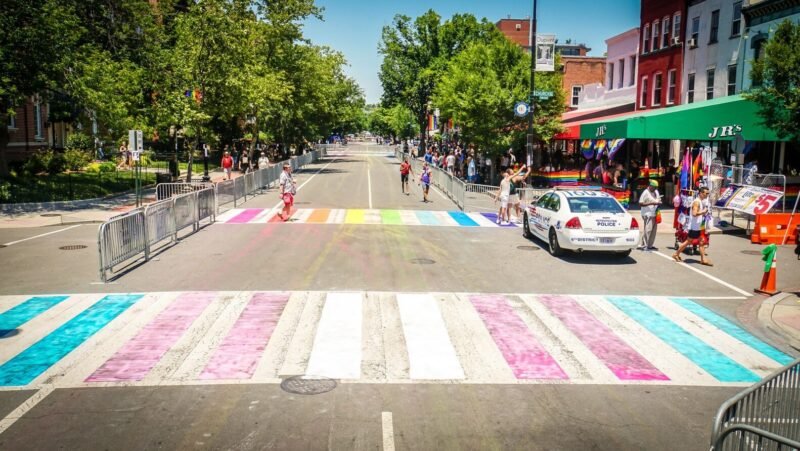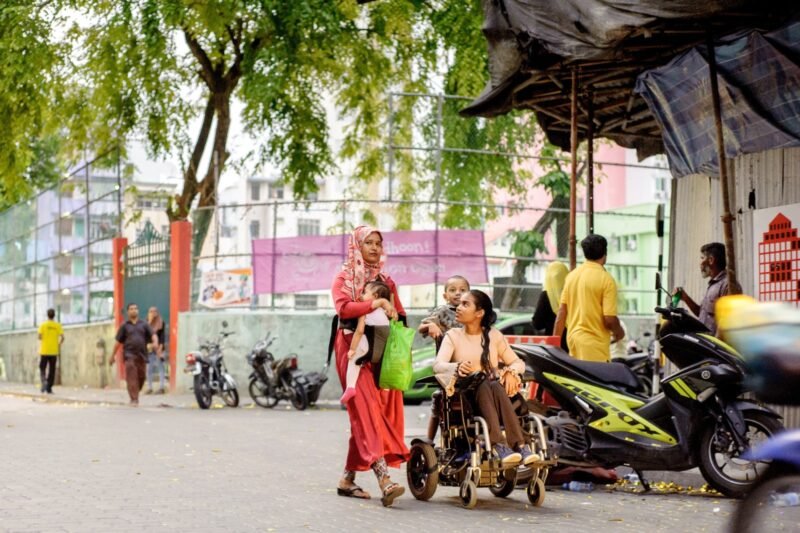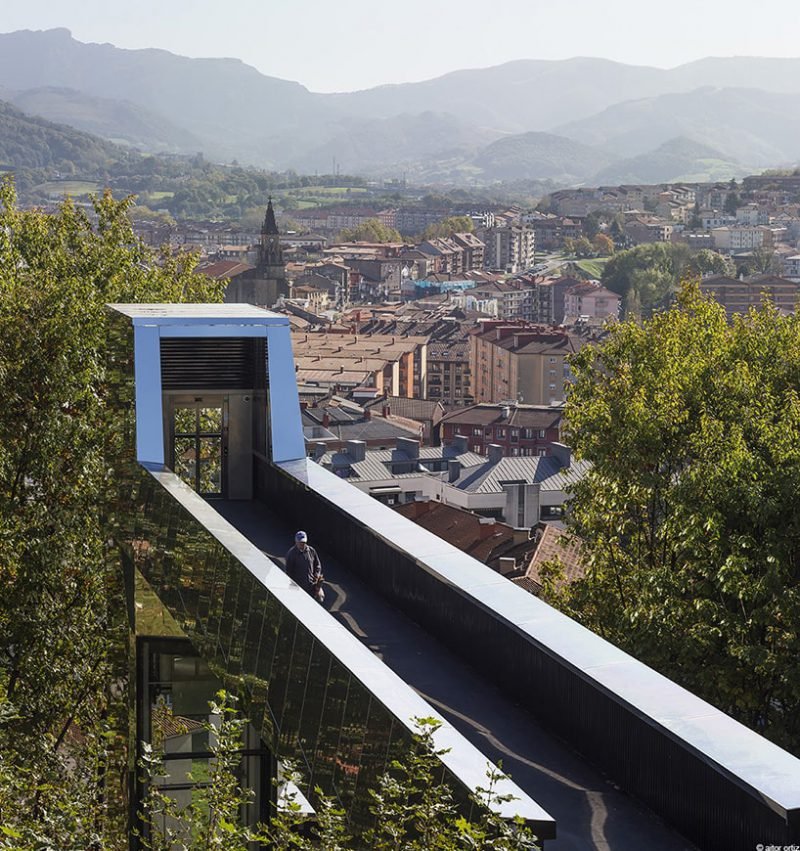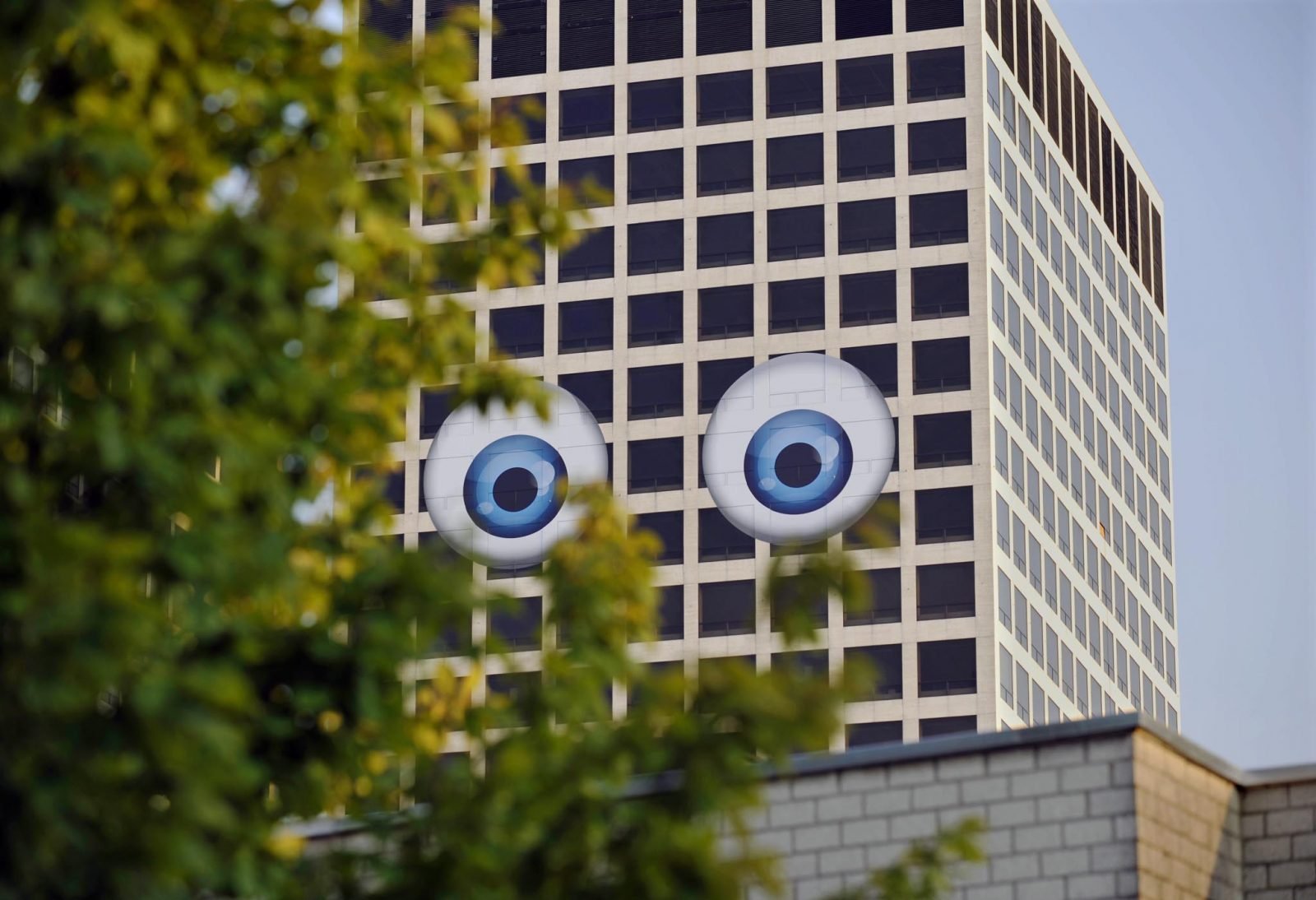Inclusion and the Built Environment

How do we ensure that buildings, spaces and facilities better meet the personal needs of the people who use them?
The Essence of Inclusion
Our society is increasingly diverse in terms of age, gender, ethnicity, beliefs, physical and mental condition and family composition — but also in terms of opportunities and dreams for the future. The last part of the previous sentence captures the essence of inclusion: as many equal opportunities as possible for all. Inclusiveness and accessibility are relevant to almost everyone to a greater or lesser extent. It concerns not only those with physical disabilities, but also those with mental disabilities, chronic illnesses or labour market disadvantages.

Key Ingredients for an Inclusive Built Environment
An environment that is inclusive is one that meets the personal needs of as many people as possible. Inclusiveness is defined by accessibility and freedom of choice.
- Accessibility. We all know places or spaces that are accessible or usable by some and less so by others. How easy is it for someone with limited vision to cross a busy square? How does someone in a wheelchair enter a town hall? Accessibility does not stop at a ramp and a disabled toilet.
- Freedom of choice. Not every environment provides the opportunities for people to make the choices that suit them. Does the company restaurant offer options for someone who eats vegetarian or halal? Is the office also open after 5 p.m. and on Christian holidays? Some like to sit in a dynamic environment surrounded by colleagues, while others like to find concentration in tranquillity. It is not the team, activities or work domain that determines the environment and facilities, but the people themselves and their needs.

The Effects of Inclusion
The benefits of inclusion for organisations are often underestimated. An inclusive work environment leads to more job happiness — and thus higher productivity, more innovation and lower turnover. Moreover, inclusion leads to more innovation. Inclusion creates more pluralism. Differences allow employees to look at problems and opportunities in new ways and keep each other on their toes. This leads to better ideas and ultimately to more innovation.
Download the Whitepaper
Enter Here asked us to help them lay out a clear proposition around inclusivity and the built environment. This resulted in an inspiring white paper, launched today on Diversity Day. Click here to download it.




